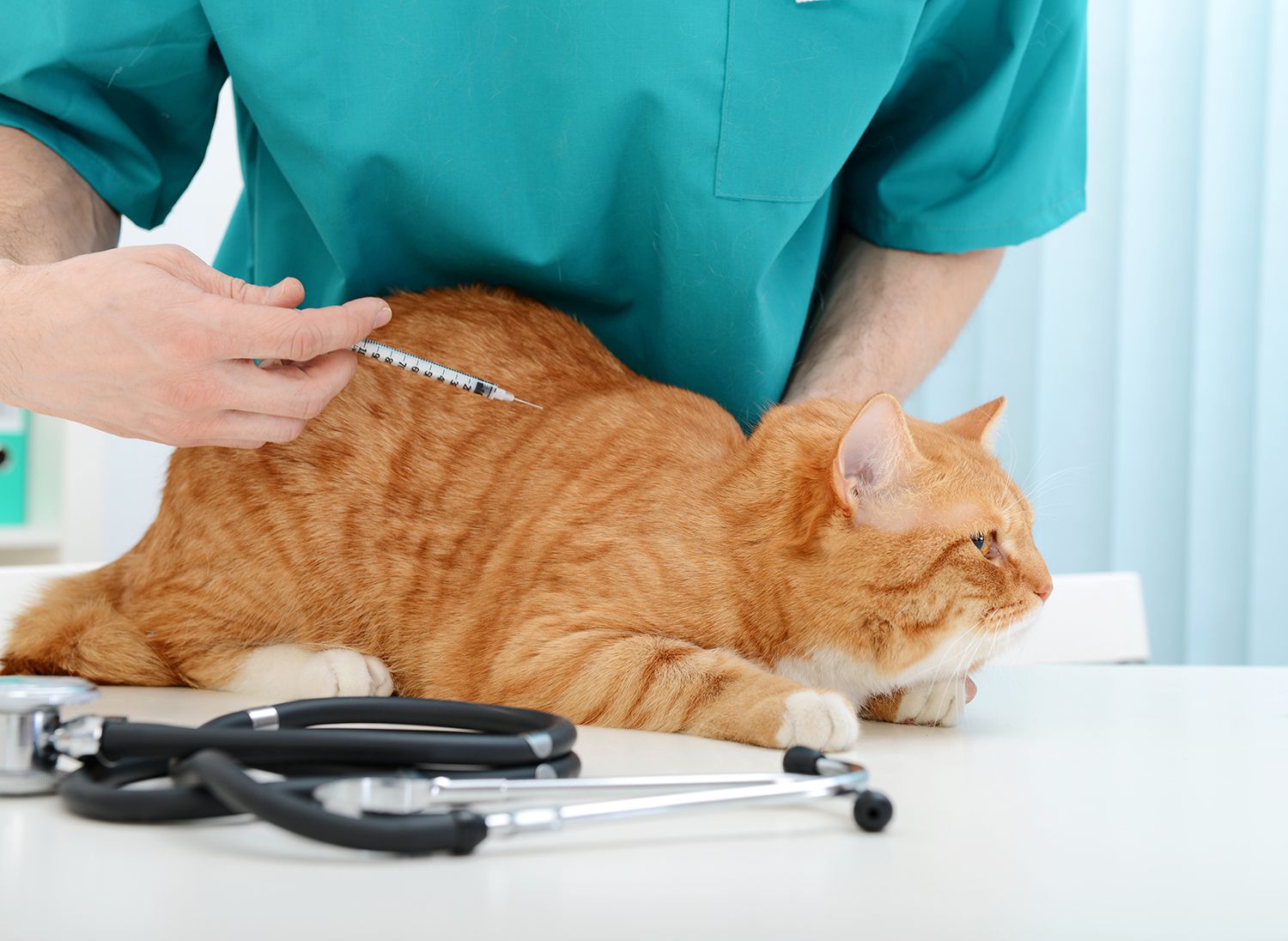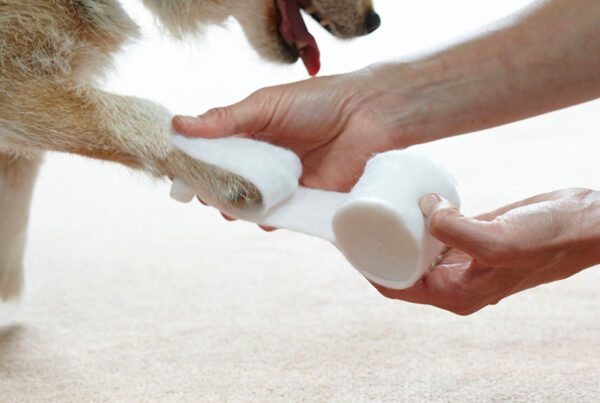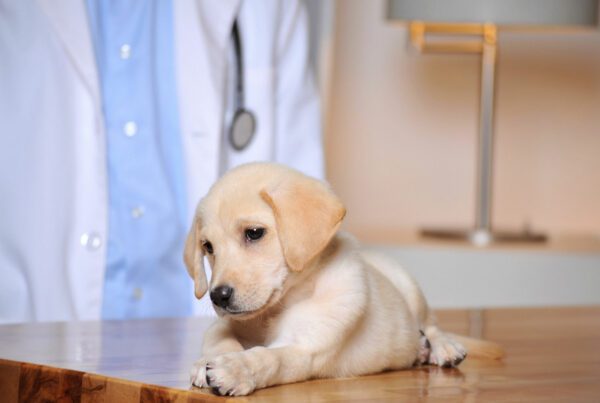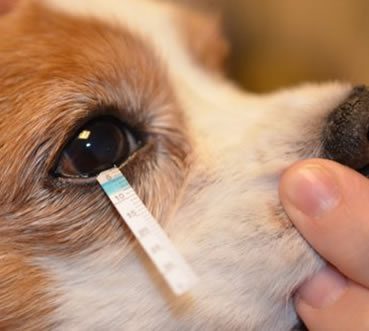Diabetes is a problem that can affect both dogs and cats. It is a condition where there is a higher than normal level of glucose (sugar) in the blood and urine. This article will explain how the disease can be identified and what can be done to manage it.
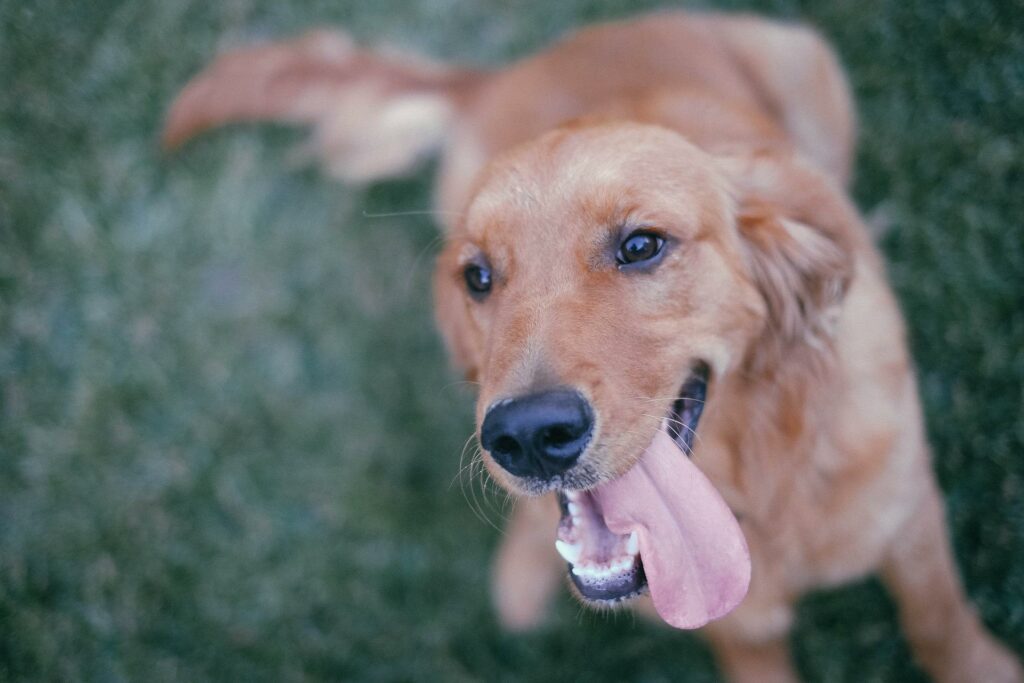
WHICH ANIMALS ARE MOST AT RISK OF DEVELOPING DIABETES?
- Overweight or obese cats and dogs
- Animals on long term steroids
- Entire (unspayed) bitches
- Elderly dogs and cats
WHAT ARE THE SIGNS?
1. Increased drinking and increased urination
This happens because excess glucose is lost from the body into the urine. It takes water with it which causes the animal to drink more and urinate more.
2. Weight loss and lack of energy
Glucose is an important energy source which is lost from the body. Affected dogs and cats tend to lose weight and feel more tired even though they are often hungrier and eat more.
3. Collapse
If diabetes is left untreated, the body will start to use fat as an energy source instead of glucose. This process produces compounds called ketones, which are poisonous. The animal may become very sick and dehydrated and need intensive veterinary care.
HOW IS DIABETES DIAGNOSED?
There are a few ways of checking if your pet has diabetes generally a combination of at least two tests plus the appropriate clinical signs will be used to make diagnosis.
Urine Test
This is a quick and easy test to do to see if there is glucose in the urine. If you suspect your pet may be diabetic, bring a fresh urine sample to the surgery to be checked. Use a clean jar or sample pot which can be obtained from the practice.
Blood test
- Blood glucose levels
- Blood fructosamine levels – Fructosamine is a protein which increases in the blood stream when an animal has uncontrolled diabetes. It is a much more reliable way of checking for diabetes in cats who can sometimes have high blood glucose levels as a result of stress!
TREATMENT AND MANAGEMENT
Insulin injections – Insulin helps reduce the amount of circulating glucose in the bloodstream and is the main factor in controlling diabetes. Injections may be given once or more commonly twice daily depending on your pet’s individual requirements. They are given under the skin usually at the scruff of the neck and are generally very well tolerated by most patients. The vets and nurses will show you how to carry out these injections so that treatment can be maintained at home.
Diet – Use of a diet designed for diabetic patients may help reduce the quantity of insulin required and achieve faster control of the disease. In dogs food must be given at set times during the day however cats will be allowed to graze.
Exercise – Regular exercise is good for diabetic patients but should be carefully controlled to help stabilise insulin requirements.
Correction of underlying factors – Weight management, spaying and reduction of steroid administration may all help improve the condition of a diabetic patient.
WHAT CAN I EXPECT WHEN MY PET STARTS TREATMENT?
If your pet is very unwell when their diabetes is identified they may need to be hospitalised for a few days for the vet to get the symptoms under control.
It may take some time to fully stabilise a diabetic patient, however improvements in your pet should be seen within a few weeks of starting treatment.
Blood, urine and weight checks will be carried out periodically to monitor your pet’s response to treatment. Occasionally the vet may also carry out something called a ‘glucose curve’ to check your pet’s response to insulin over a 12-24 hour period.
Low blood sugar (hypoglycaemia)
One potentially dangerous complication that you should be prepared for is “hypoglycaemia”; this is when blood sugar falls too low. This may happen if your pet refuses to eat or too much insulin is given. The early signs include unrest or lack of energy, and weakness or shivering which may progress to fits and unconsciousness.
If you suspect any of these signs try and feed your pet. If they will not eat straight away syringe or rub something sweet into the mouth and call your veterinary surgeon for advice.
SUMMARY
The aim of treatment is to control blood glucose levels and restore a good quality of life for both you and your pet.
Diabetes can usually be controlled by simple injections, exercise and dietary management
Regular monitoring is essential to maintain good control of all diabetic patients.
If you have any further questions about diabetes please contact one of the vets or nurses at your surgery for more advice.

